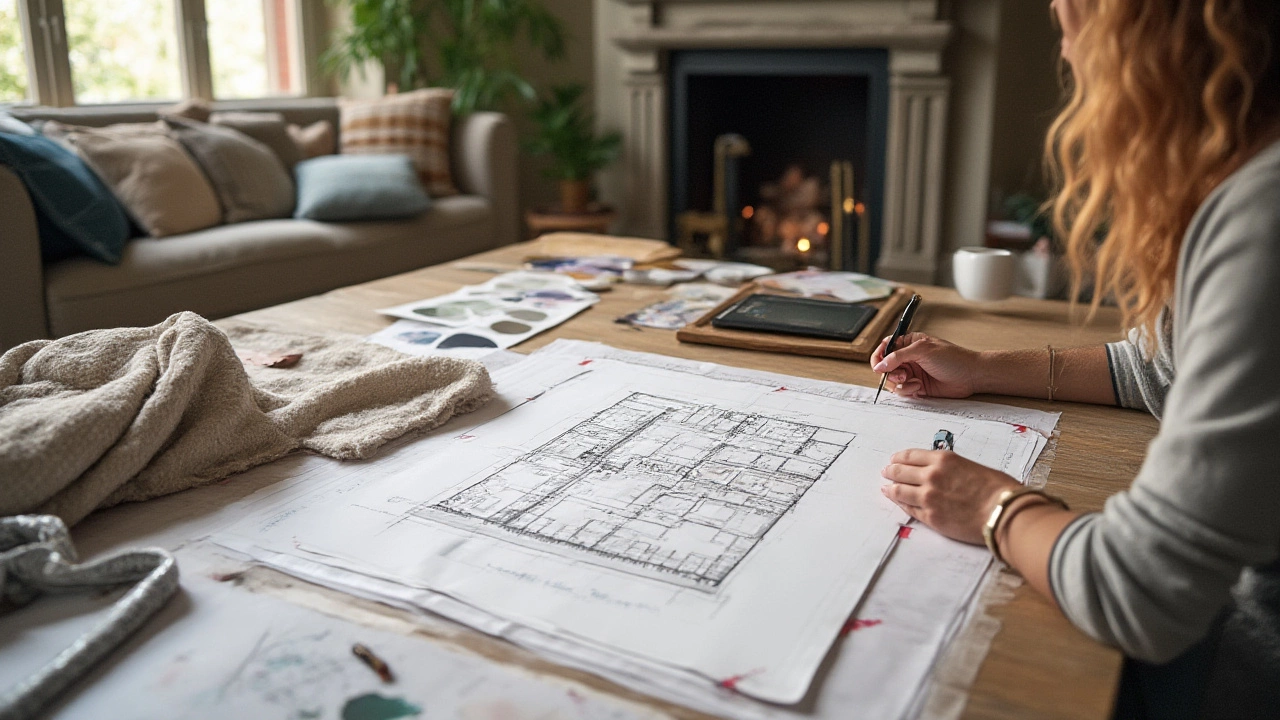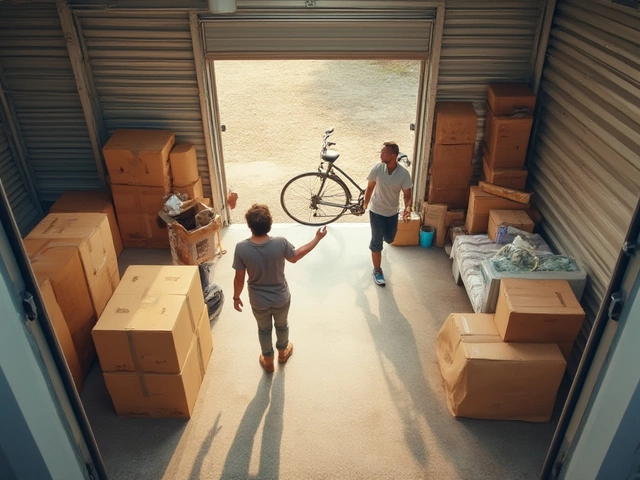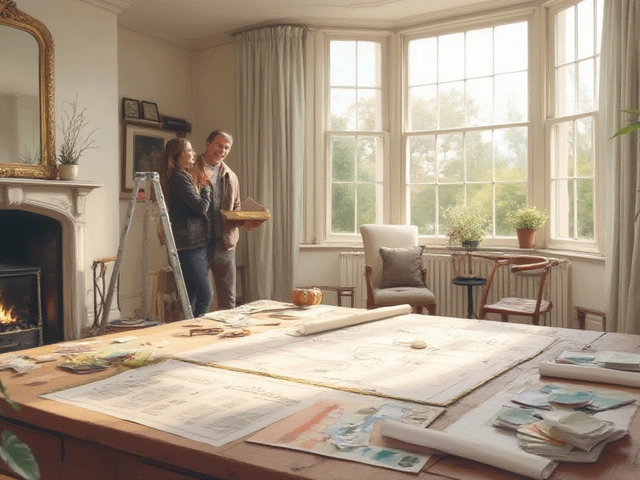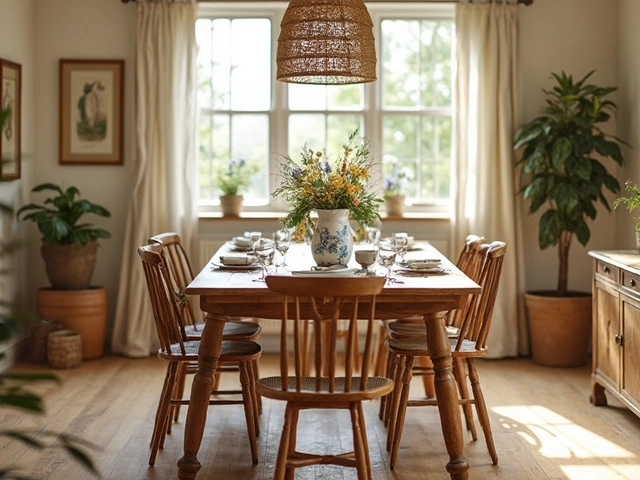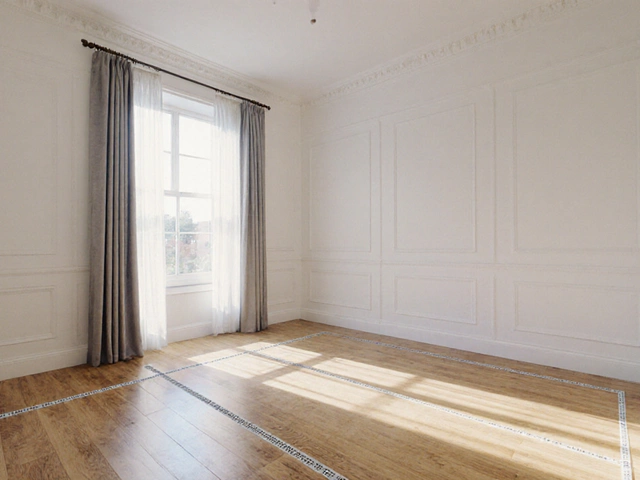Home Decor Math: Easy Numbers for Beautiful Rooms
Ever wonder why some rooms look spot‑on while others feel cramped? It often comes down to a few basic calculations. You don’t need a degree in design—just a tape measure, a calculator, and a willingness to play with numbers.
Measuring and Planning Spaces
Start with the floor. Measure the length and width of the room in metres (or feet) and multiply them to get the total area. That tells you how much carpet, tile or paint you’ll need. For example, a 4 m × 5 m room equals 20 m². If you’re buying laminate that costs $20 per m², the floor will run about $400.
Next, draw a quick sketch on graph paper. One square can represent 10 cm (or 1 ft). This scaled drawing lets you test furniture layouts without moving heavy pieces. Place rectangles for sofas, tables and beds, then check clearances. A good rule is to leave at least 60 cm (2 ft) of walking space around each item.
Wall space matters for art and shelves. Measure the width of each wall and subtract the width of any windows or doors. If a wall is 3 m wide and a window takes up 1 m, you have 2 m left for décor. Use the 60‑30‑10 colour rule: 60% of the room’s colour, 30% secondary, 10% accent. Knowing the square footage helps you pick the right amount of paint.
Budgeting Basics
Set a total budget first, then break it down by category: floor, walls, furniture, accessories. If you have $5,000, you might allocate 40% to flooring, 30% to furniture, 20% to paint, and 10% to décor pieces. Use a simple spreadsheet to track each expense and keep an eye on the running total.
When shopping, compare cost per unit rather than total price. A sofa priced at $800 might be a better deal than a $900 sofa if the former gives you a larger seat area. Calculate price per square metre of fabric or per kilogram of foam to see real value.
Don’t forget hidden costs: delivery fees, assembly, and tools. Add a 5‑10% contingency to your budget for surprises. If your total before contingency is $4,500, a 7% buffer adds $315, keeping you within the $5,000 limit.
Finally, measure twice, buy once. A quick re‑check of dimensions before ordering can save you from a costly return. With a few simple maths steps, you’ll feel confident that everything fits, looks good, and stays on budget.

